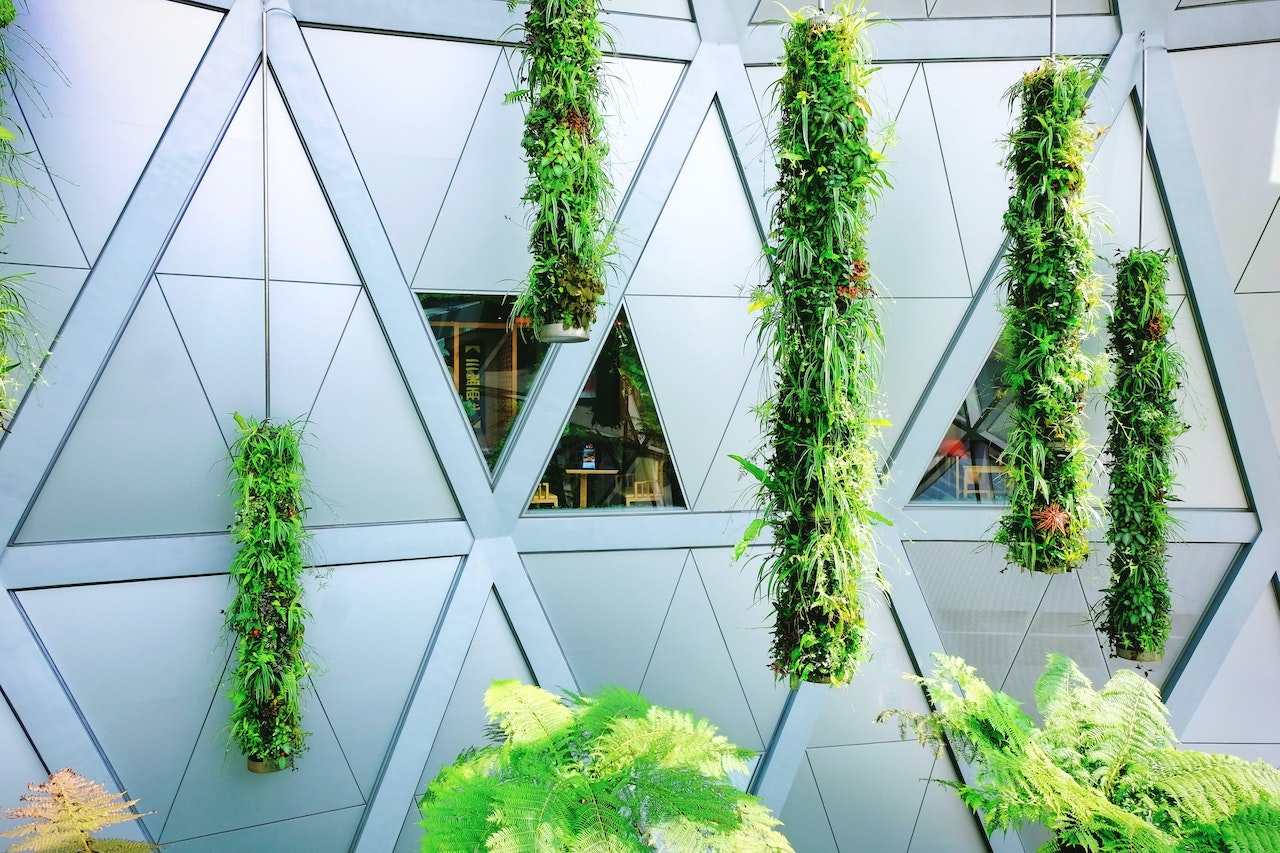
Table of Contents
Are you looking for a way to bring some greenery into your home, but have limited space? Look no further than indoor vertical gardening! This innovative gardening technique allows you to utilize vertical spaces to grow a variety of plants indoors.
Not only is it a space-saving solution, but it also adds a beautiful and unique touch to any room in your home. In this article, we’ll explore the benefits and best practices of indoor vertical gardening, as well as the different types of plants that are suitable for this method of cultivation.
What is Vertical Gardening?
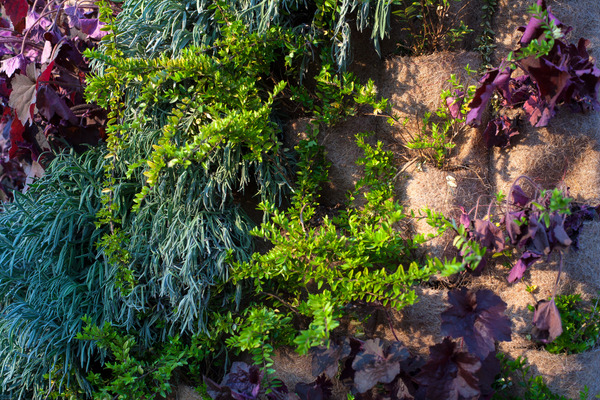
A vertical garden is a method of growing plants in an upright, vertical orientation, as opposed to a traditional, horizontal one. This can be done in a variety of ways, such as using hanging baskets, wall-mounted planters, or freestanding structures. The goal of vertical gardening is to save space and to create a unique and visually striking display of plants.
Indoor vertical gardening is a variation of this concept, which allow people to grow plants inside the house, apartment, or office. The plants can be grown in a vertical planter or wall, using hydroponics or soil-based method, it can be done either on a small or large scale, depending on the available space.
Pros and Cons of an Indoor Vertical Garden
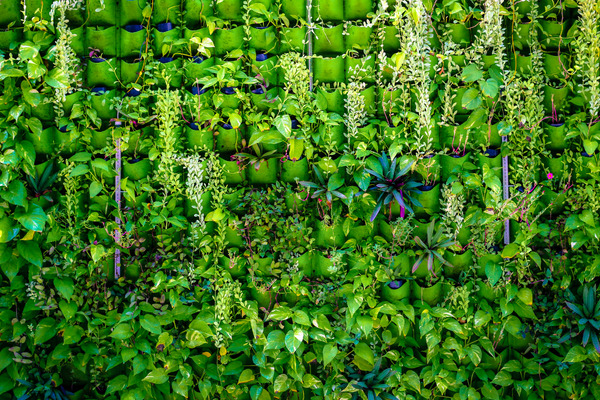
Pros of an indoor vertical garden include:
- Space-saving: Indoor vertical gardens take up very little floor space, making them ideal for small apartments, homes, or office spaces.
- Improved air quality: Plants act as natural air filters, absorbing pollutants and releasing oxygen, and having a vertical garden indoors can help improve the air quality in your living or working space.
- Aesthetics: Indoor vertical gardens can be visually stunning and add a unique touch to any room in your home or office.
- Growing food: Indoor vertical gardening can also provide the benefit of being able to grow food inside your home, you can grow small amounts of herbs or vegetables, and it can provide fresh and organic ingredients for your cooking.
- Low maintenance: Some vertical gardens are designed to be low maintenance, with self-watering systems or hydroponic methods that require less attention.
Cons of an indoor vertical garden include:
- Cost: Setting up an indoor vertical garden can be costly, especially if you opt for an elaborate system.
- Lighting: Indoor vertical gardens require sufficient lighting to thrive, which can be difficult to provide in some spaces or can result in additional costs if artificial lighting is needed.
- Plant Selection: Not all plants are suitable for indoor vertical gardening, and some plants may have specific lighting or temperature requirements that are difficult to replicate indoors.
- Watering: With vertical gardens, there is no soil to act as a reservoir so watering has to be done frequently and precisely to avoid drying out or waterlogging the roots of the plants.
- Pest Control: Pests can spread more easily with indoor vertical gardening, as they have less space to move and hide.
Make Your Own Indoor Vertical Garden
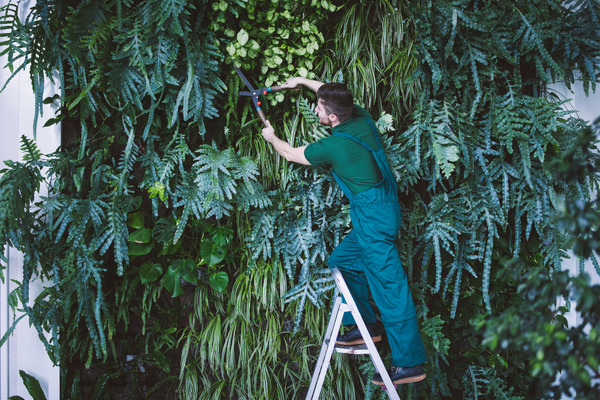
Making your own indoor vertical garden can be a fun and rewarding project, and there are many different ways to go about it. This is a general guideline, but it will depend on the complexity and type of vertical garden you want to set up. Some of the steps might be more complex and require more materials or tools. Also, based on your plant choices, it could require more or less maintenance and care.
Here are the basic steps to creating your own indoor vertical garden:
1. Choose a Location
Select a spot in your home or office that receives adequate natural light, as plants will need at least six hours of sunlight per day to thrive. If natural light is not available, you will need to provide artificial lighting.
2. Select Plants
Not all plants are suitable for indoor vertical gardening, so choose plants that are hardy, low maintenance, and will thrive in your selected location. Some examples of plants that work well in an indoor vertical garden include succulents, air plants, ferns, and herbs.
3. Plan the Design
Once you have selected your plants, plan the design of your vertical garden. Consider the size and shape of your plants, and plan accordingly. You can use anything from wooden planks, metal wire, to PVC pipes to build the frame of your garden.
4. Build the Frame
Build your frame using the materials you have chosen, making sure that it’s sturdy enough to hold the weight of the plants and soil. The frame can be hung on the wall or freestanding.
5. Choose a Growing Method
You can use soil, hydroponics or other growing mediums to grow the plants. If you choose soil, make sure to use a well-draining mixture to prevent waterlogging. If you choose hydroponics, research the different types of hydroponic systems that are suitable for indoor vertical gardening.
6. Add the Plants
Carefully place the plants in the frame and add the soil or growing medium. Water the plants according to their specific needs and be sure to provide adequate lighting.
7. Maintain the Garden
Make sure to regularly water and fertilize your plants, and keep an eye out for pests or diseases. Trim any overgrown plants to keep your garden looking neat and tidy.
Enjoy your new garden! With proper care and maintenance, your indoor vertical garden should thrive and bring a touch of greenery to your home or office for years to come.
How to Maintain an Indoor Vertical Garden
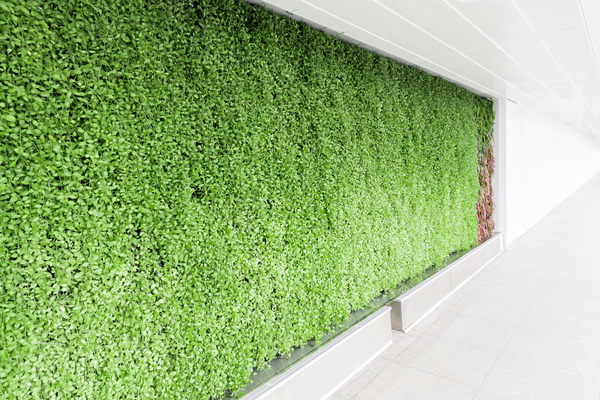
Watering
Watering a vertical garden can be a bit different than watering a traditional, horizontal garden, because the plants are situated in an upright position, and the soil or growing medium can dry out more quickly. Here are a few tips for watering a vertical garden:
- Water thoroughly: When watering, make sure to give the plants enough water so that it reaches the bottom layers of the soil or growing medium.
- Water regularly: Vertical gardens can dry out more quickly than traditional gardens, so make sure to water your plants regularly, at least once a week or more frequently in hot or dry conditions.
- Use a watering can or a spray bottle: A watering can or a spray bottle with a fine nozzle is ideal for watering a vertical garden as it allows for a more precise and gentle application of water, rather than using a hose that can damage the delicate root systems of the plants.
- Check the soil moisture: Before watering, check the moisture levels of the soil or growing medium. If the soil feels dry, it’s time to water.
- Hydroponic systems: For hydroponic vertical gardens, you should research the specific watering requirements of your system and plants as they vary a lot and might not require watering in the traditional sense
- Self-watering systems: Some vertical garden systems come with self-watering features, in these cases you will have to refill the reservoir and make sure the water is flowing properly to the plants roots.
- Watering during the day: Avoid watering during the hottest part of the day, as this can cause the water to evaporate quickly and may not allow the plants to absorb it properly. Watering early in the morning or late in the evening is ideal.
It’s important to note that the ideal watering schedule depends on various factors such as the type of plants, type of soil or growing medium, humidity and temperature of your room and how much light it receives, among others. You might need to adjust the watering schedule to find the right balance for your plants.
Fertilizing
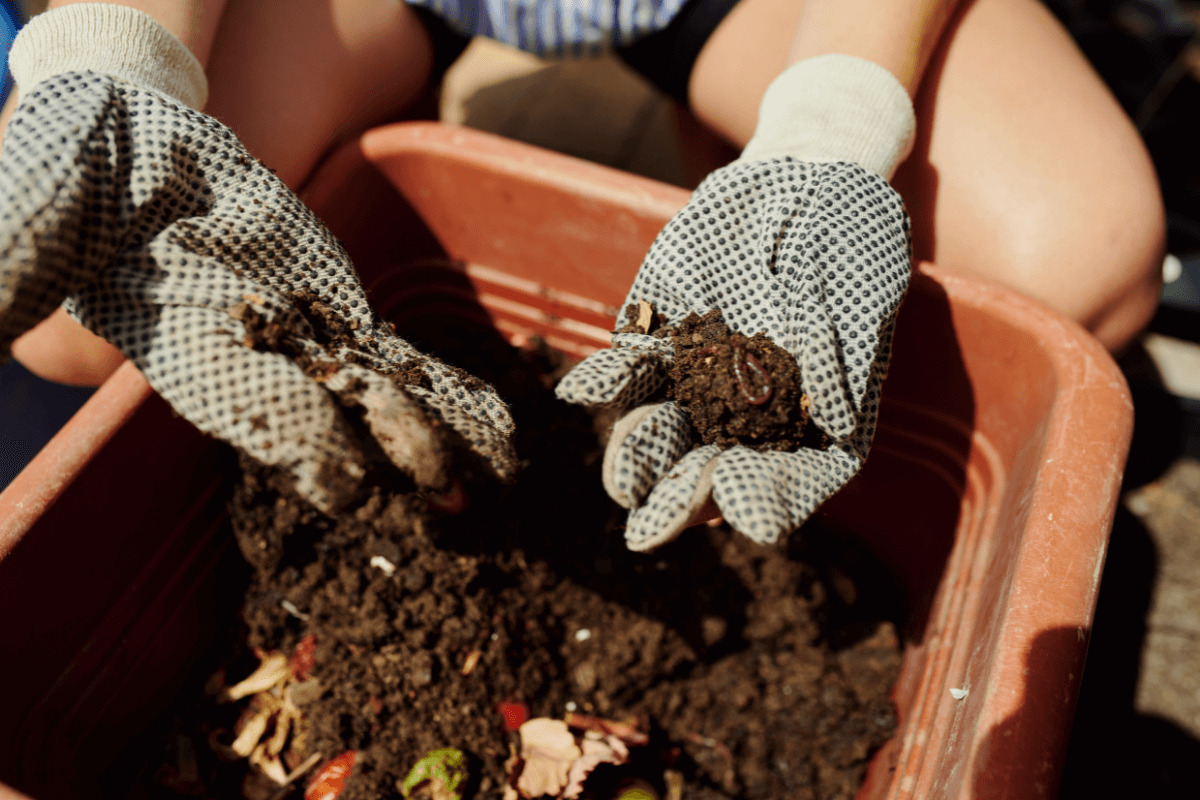
Fertilizing a vertical garden is an important step in ensuring that your plants receive the nutrients they need to thrive. Here are a few tips for fertilizing a vertical garden:
Choose the Right Fertilizer
Not all fertilizers are created equal, so make sure to choose one that is suitable for your specific plants. Fertilizers that are high in nitrogen are good for leafy greens and herbs, while fertilizers that are higher in potassium are good for flowering plants and fruits.
Follow the Package Instructions
Always read and follow the instructions on the fertilizer package to ensure that you’re using the correct amount and application rate.
Fertilize at the Right Time
Fertilize your plants at the right time of the year, typically when the plants are actively growing. As a general rule, fertilize every 4-6 weeks during the growing season, and less frequently during the dormant season.
Use Liquid Fertilizers
Liquid fertilizers can be more easily absorbed by the plants than granular fertilizers, and they’re also easy to apply to a vertical garden.
Hydroponic Systems
If you have hydroponic vertical gardens, you will need to research the specific fertilizing requirements of your system and plants, as it may require different types of fertilizers and dosages, also can be done automatically through the system.
Monitor Your Plants
Keep an eye out for signs of nutrient deficiencies, such as yellowing leaves or stunted growth. If you notice any issues, adjust your fertilizing schedule accordingly.
It’s important to note that over-fertilizing can be as harmful as under-fertilizing, so it’s important to be careful not to over-apply. In addition, always test the soil pH to ensure that it’s in the appropriate range for your plants before fertilizing.
Pruning
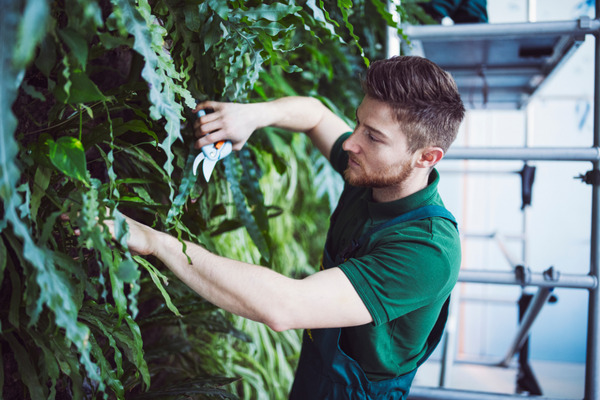
Pruning a vertical garden is an important step in keeping your plants healthy and maintaining the overall appearance of your garden. Here’s what to do:
1. Remove dead or damaged leaves and branches: Regularly remove any dead or damaged leaves and branches to encourage healthy growth and prevent the spread of pests or diseases.
2. Trim overgrown plants: Trim back any overgrown plants to maintain the desired shape and size of your vertical garden.
3. Thin out crowded plants: If some plants are overcrowded, thin them out to allow for better air circulation and sunlight penetration.
4. Use the right tools: Use sharp, clean pruning shears or scissors to make precise cuts, avoiding the use of dull or dirty tools to avoid disease and infection in the plants.
5. Prune at the right time: Prune your plants at the right time of the year. For most plants, this is typically when the plants are dormant, or just before new growth begins.
6. Monitoring plant’s growth: Keep an eye out for new shoots or branches, and prune them as needed to maintain your desired shape and size for your vertical garden.
7. Hydroponic systems: for hydroponic vertical gardens, the pruning method will depend on the plants and systems, you might need to research the specific pruning requirements for your system and plants.
8. Pruning for fruit-bearing plants: if you have fruit-bearing plants pruning techniques are different, you will need to research the appropriate method for each plant, as the pruning time, frequency, and location of cuts will vary.
Remember, pruning is not only for maintaining the appearance of your vertical garden, it is also essential for the health of your plants. Pruning helps to remove dead or diseased parts, to encourage new growth, and to improve the overall health and vitality of the plants.
The Right Plants for an Indoor Vertical Garden
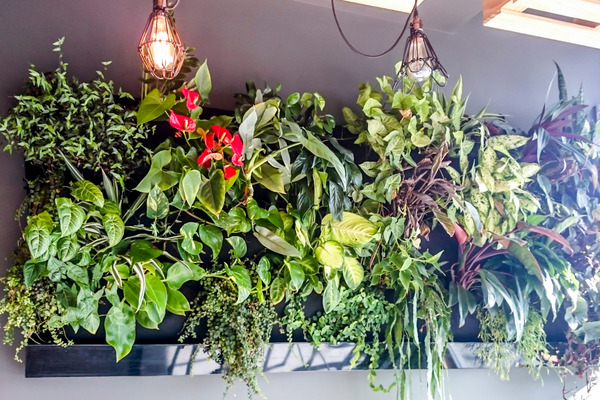
The right plants for an indoor vertical garden will depend on your specific needs and the conditions in your home or office. There are a few things to consider when selecting plants for your indoor vertical garden:
· Light Requirements
Consider the amount of natural light available in the location where you plan to set up your vertical garden. Some plants, such as succulents and cacti, can tolerate low light conditions, while others, such as herbs and leafy greens, require bright, indirect light.
· Temperature and Humidity
Consider the temperature and humidity levels in the location where you plan to set up your vertical garden. Some plants, such as ferns and tropical plants, prefer a humid environment, while others, such as succulents and cacti, prefer a dryer environment.
· Watering Requirements
Consider how often you are able to water your plants and the watering requirements of different plants. Some plants, such as succulents and cacti, require less water, while others, such as ferns and tropical plants, require more frequent watering.
· Size and Shape
Consider the size and shape of your plants when planning the design of your vertical garden. Some plants, such as trailing plants and vines, are great for hanging gardens, while others, such as herbs and small succulents, can be grown in wall-mounted planters.
· Durability
Some plants are more robust and hardy than others, so you might want to consider plants that are more resilient to the conditions of an indoor environment.
Examples of plants that are well-suited for indoor vertical gardens include:
- Succulents, such as cacti and aloe vera, which are drought-tolerant and can thrive in low light conditions.
- Ferns and tropical plants, such as bromeliads and orchids, which prefer a humid environment and bright, indirect light.
- Herbs, such as mint, basil, and parsley, can be grown in wall-mounted planters and can thrive in bright, indirect light.
- Air plants, such as tillandsia, which are easy to care for and can be mounted on a wall or in a hanging container.
- Trailing plants and vines, such as ivy and pothos, can be grown in a hanging container and can thrive in bright, indirect light.
Again, as always, it’s important to remember that the specific conditions, size, and style of your vertical garden, as well as your personal preferences, will play a role in what type of plants will work best for your indoor vertical garden.
FAQ’s about Indoor Vertical Gardens
A vertical garden requires regular watering, fertilizing, pruning, monitoring for pests, and proper light and temperature, but it is not hard to maintain with proper knowledge and care.
The lifespan of a vertical garden depends on the plants and care, some plants have shorter lifespan while others may live for decades with proper care.
Properly installed vertical gardens should not damage walls, but it’s important to make sure the frames, planters or mounts are securely attached to the wall and won’t cause damage over time.
The cost of installing a vertical garden can vary widely depending on the size, materials, design, and complexity of the garden, as well as the plants and system you choose, and can range from a few hundred to several thousands of dollars.
Vertical gardens can be grown in soil, hydroponics, or other growing mediums, the method you choose will depend on the type of plants you want to grow and the available space.
Wrapping Up
Indoor vertical gardens are a unique and innovative way to bring a touch of greenery into your home or office. They’re a great solution for those with limited space and can improve air quality and aesthetics in any room.
Setting up an indoor vertical garden is a fun and rewarding project that involves choosing a location, selecting plants, planning the design, building the frame, choosing a growing method, adding the plants, maintaining the garden, and enjoying the results.
Overall, indoor vertical gardening is a creative and exciting way to bring a touch of nature into your home or office while saving space and making a unique statement in your decor. Whether you are an experienced gardener or just starting out, indoor vertical gardening can be a fun and fulfilling endeavor.






